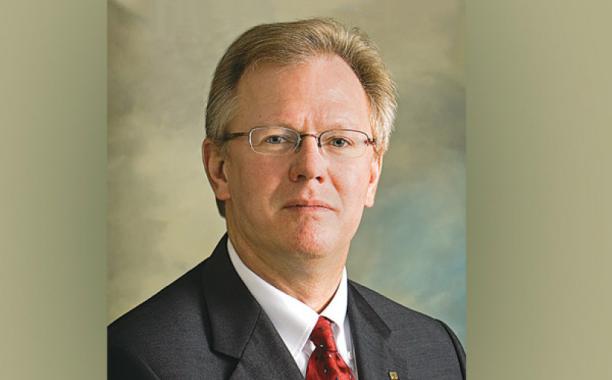
While climate zealots continue to promote “green” energy as the only way to deal with decarbonizing modern life, many scientists, engineers, innovators and workers are quietly building carbon capture, use and storage solutions that prove those zealots wrong.
Major CCUS projects that should be gaining more global climate attention—for example, carbon capture, use and storage “hubs”—are demonstrating how CO2 can be extracted from clusters of power and industrial facilities, transported through secure pipelines and safely stored deep below the surface of the Earth.
These hubs are important because they can collect emissions from multiple sources—say electricity generation, aluminum smelting and chemical manufacturing—and more cost-effectively transport and sequester them. For industrial emitters, there are no practical “green” energy alternatives that can mitigate CO2 emissions.
One of the world’s first operational CCUS hubs, the Alberta Carbon Trunk Line, is an impressive example of what can be achieved. The line runs 240 kilometers (150 miles), transporting CO2 emissions from two Edmonton area facilities, the Nutrien Redwater Fertilizer plant and the North West Sturgeon Refinery, to an enhanced oil recovery site near Lacombe, Alberta. Other emitters can be added to the hub when ready, with a potential to transport and store 14.6 million metric tons of CO2 per year.
(Sturgeon, the first-of-its kind refinery designed for CCUS, was developed by inventor and NWR CEO/Chairman/founder Ian MacGregor and built by Boilermakers.)
More than a dozen other hubs around the world, chiefly in North America and Europe, are in various stages of conception, planning and development. Among them is oil giant Exxon’s proposed $100 billion hub to connect some 50 high emitters in the Houston area and transport and store CO2 in saline formations beneath the Gulf Coast.
Another is planned in Alberta, where six major energy companies under the Pathway Alliance banner will invest billions toward cleaning up oil sands emissions while also investigating the feasibility of direct air capture and small nuclear reactors.
And in Norway, the Northern Lights project seeks to capture CO2 emissions from cement and other industrial processes in Europe and permanently store them beneath the North Sea.
These types of hubs hold the key for emitters in a variety of industries as well as the energy sector. They require a substantial investment that can be shared by partnerships across multiple corporations and accelerated with federal, state or provincial funding.
CCUS technologies have long received disproportionate attention and financial support world-wide as the “green” energy crowd continues to clamor for the end of fossil fuels. This, of course, is nothing new; a dozen years ago, during President Obama’s first term in office, $100 billion in taxpayer handouts went out the door for wind and solar along with electric cars and energy efficient homes.
The poster boy for that investment, solar panel maker Solyndra received $530 million, but soon went bankrupt with little to show. Had some of that funding gone into advancing CCUS back then, the U.S. might be much further along than it is today.
The fact remains that, despite trillions of dollars spent globally on “green” energy over the last decade, and billions in the United States, fossil fuels continue to dominate. A report by the U.S. Energy Information Administration shows that in 2021, fossil fuels still accounted for 80% of U.S. primary energy consumption. Wind and solar made up just 6%.
That certainly doesn’t sound like “green” energy is saving the climate, or has any real possibility of doing so on its own.
According to the World Bank, 733 million people have no access to electricity. Fossil fuels are seen as the salvation to ending energy poverty and improving lives. China, India and other nations continue to build new coal-fired power plants. Even European nations are scrambling to extend operation of the few coal plants they have not yet dismantled, now that they face the loss of Russian natural gas.
Many climate activists choose to ignore CCUS developments because they don’t fit their anti-fossil, wind- and solar-only narrative. Some would rather spend time defacing artwork and gluing themselves to a wall than support broad-based solutions.
But vital work continues in areas outside of the wind and solar bubble. CCUS hubs are advancing. So are plant-level carbon capture and storage technologies, like the coal-fired Boundary Dam 3 power plant in Saskatchewan (built by Boilermakers), currently the world’s sole commercial-scale, coal-fired power plant with an operational post-combustion CCUS system. Meanwhile, small nuclear reactors and hydrogen energy technologies continue to develop, with the promise to deliver clean energy apart from unreliable wind and solar.
All of those who work outside of the wind and solar bubble, who may see less in government funding and less in global recognition of their efforts, deserve a nod. Their work has never been more important as the world comes to grips with climate change. The keep-it-in-the-ground crowd has it all wrong. They just don’t know it yet.











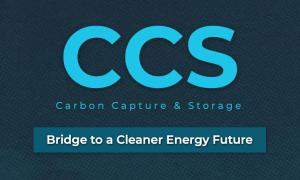
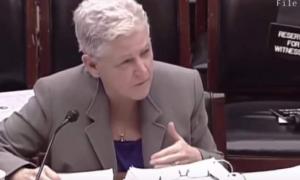


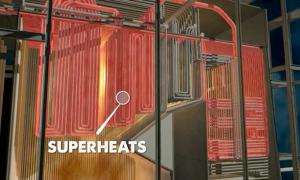
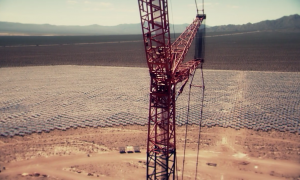
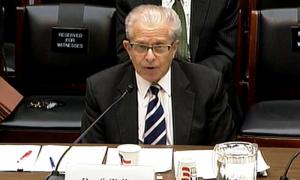
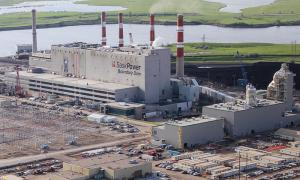
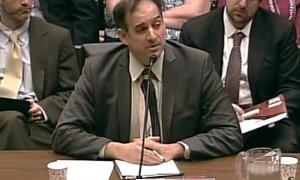
0 Comments